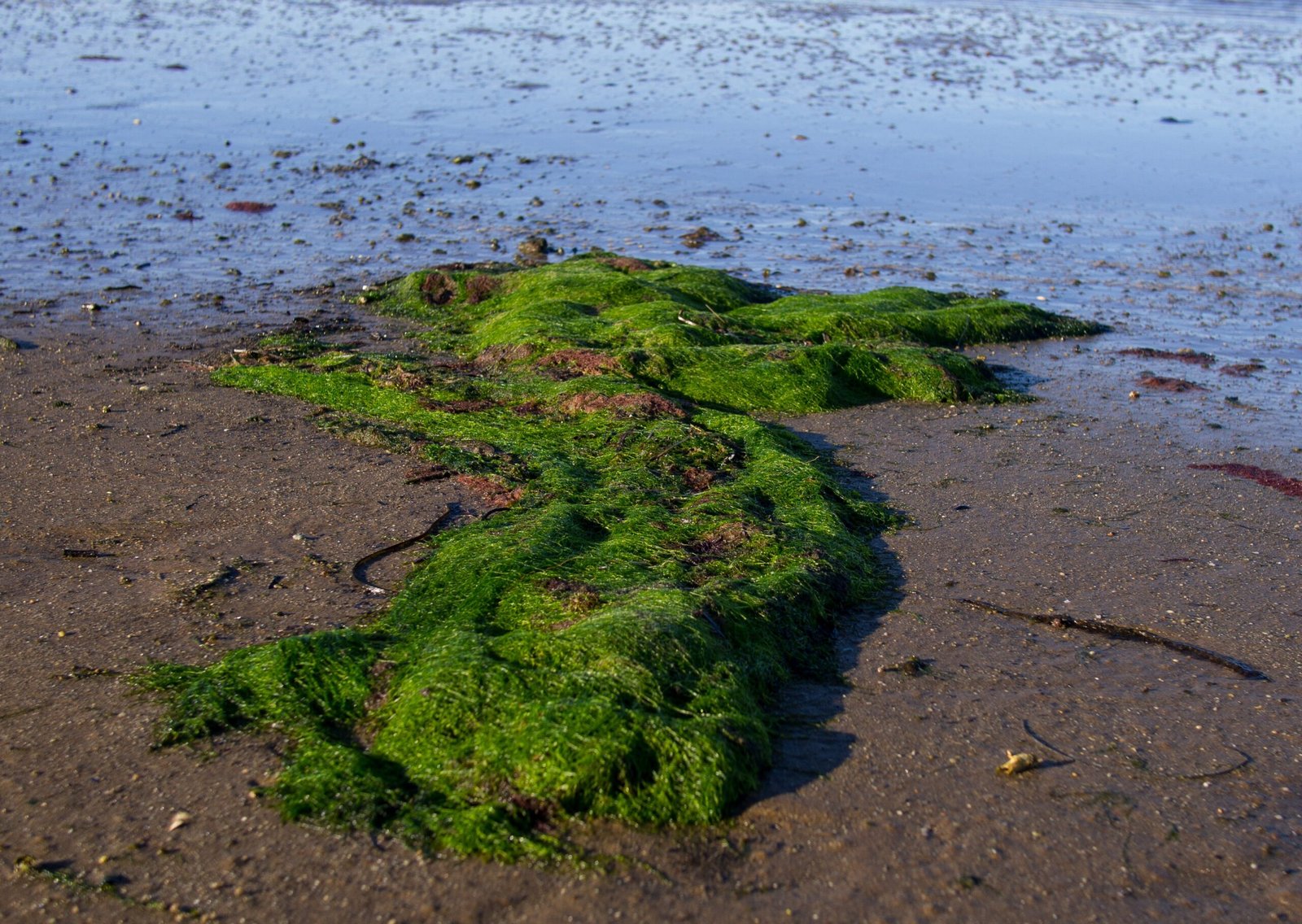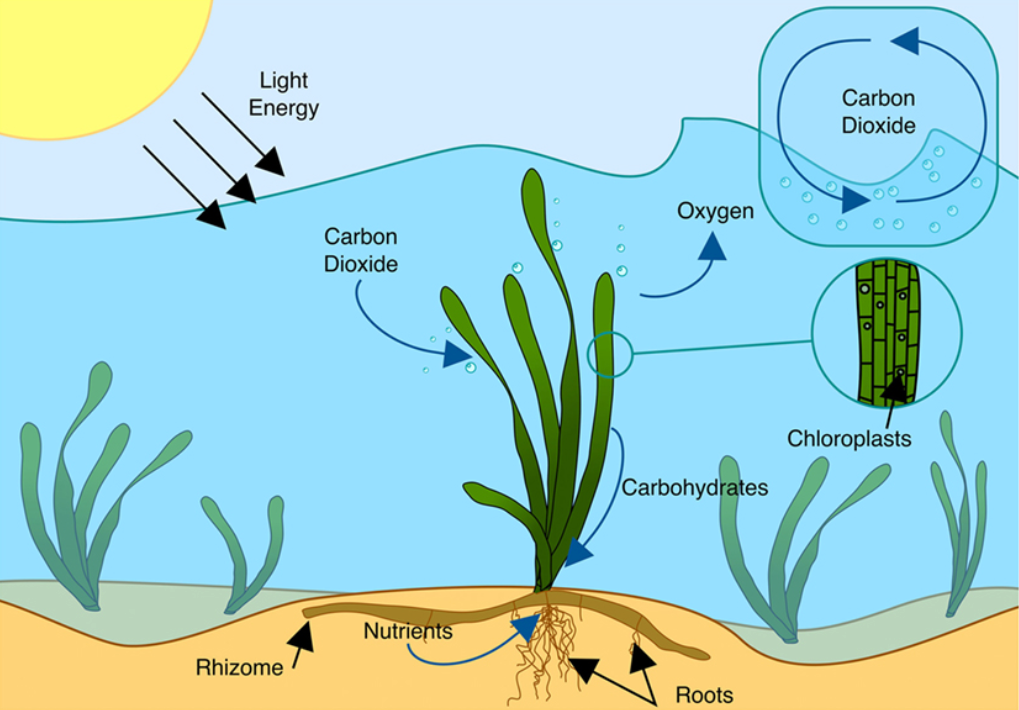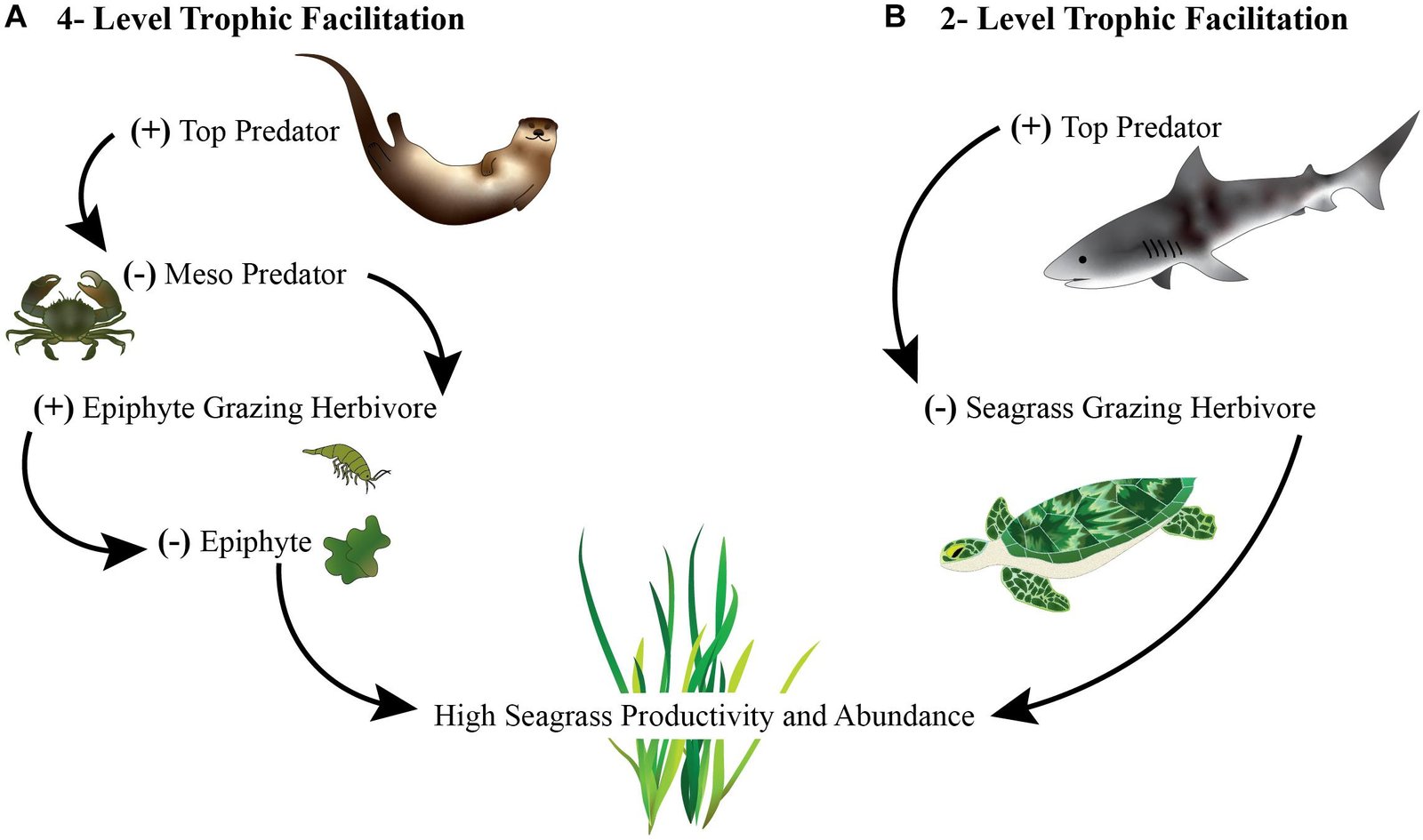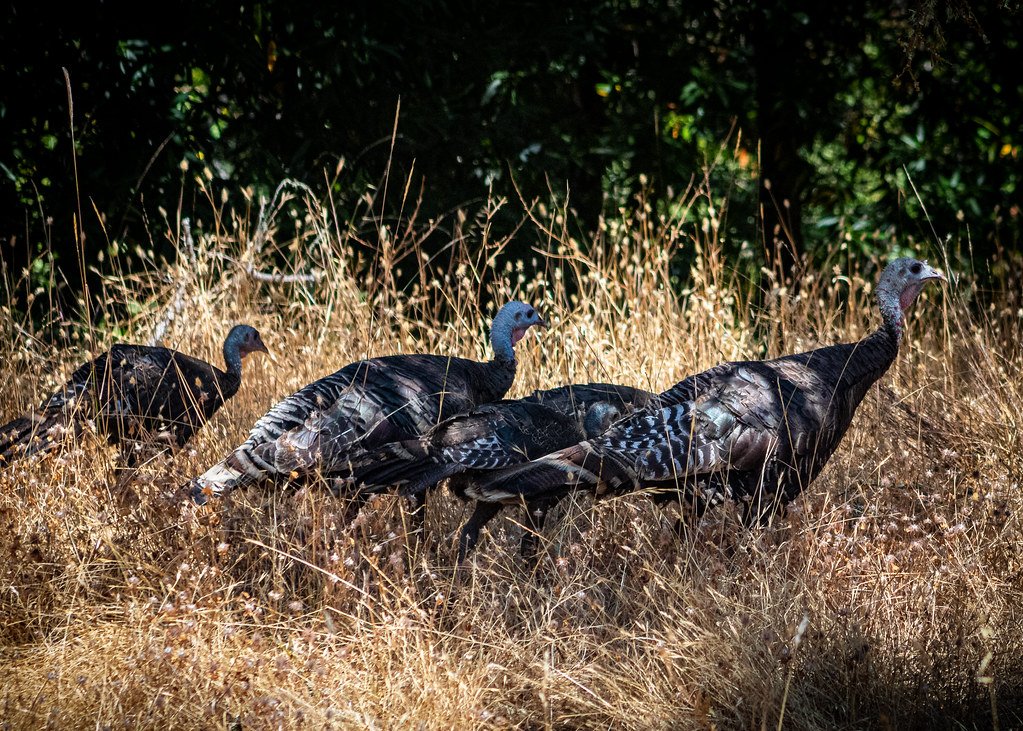Imagine a plant that can store carbon faster than a rainforest, a plant that quietly works beneath the waves to combat climate change. Surprising as it may sound, seagrass does just that. This overlooked marine marvel is a powerhouse of ecological benefits, yet it remains largely uncelebrated. Its quiet existence beneath the ocean’s surface belies its extraordinary role in maintaining the planet’s health. Let’s dive deep into the secret life of seagrass and uncover why it’s Earth’s unsung carbon-storing superplant.
What Exactly is Seagrass?
Seagrass is not seaweed, nor is it a typical terrestrial plant. It’s a unique flowering plant that thrives underwater in marine environments. Like the grasses on land, seagrass forms meadows on the ocean floor, creating a vital habitat for marine life. These meadows are found in shallow coastal waters, where sunlight can penetrate, allowing photosynthesis to occur. Seagrass has adapted to live in saline conditions and can anchor itself in the soft seabed with its roots. This adaptation is crucial for its survival and the myriad of life forms that depend on it.
The Carbon-Storing Superpower
Seagrass meadows are often referred to as the “lungs of the sea” due to their ability to produce oxygen and store carbon. Remarkably, seagrass can capture carbon up to 35 times faster than tropical rainforests. This is because seagrass traps carbon in its leaves and roots, burying it in the sediment for centuries. The carbon stored by seagrass is known as “blue carbon,” which plays a significant role in mitigating climate change. By protecting and restoring these meadows, we can enhance their ability to sequester carbon and help balance the planet’s carbon budget.
A Biodiversity Hotspot

Seagrass meadows are bustling with life, providing a home for a diverse array of species. Fish, crustaceans, mollusks, and even sea turtles find shelter and sustenance among the blades of seagrass. These meadows serve as nurseries for young marine animals, offering protection from predators and a rich feeding ground. The biodiversity supported by seagrass is crucial for maintaining healthy marine ecosystems. By nurturing these habitats, we ensure the survival of countless species and the overall health of our oceans.
The Role in Coastal Protection
Seagrass meadows act as natural buffers against coastal erosion. Their roots stabilize the sediment, reducing the impact of waves and currents. This stabilization helps prevent the loss of valuable coastline and protects coastal communities from storm surges. In addition, seagrass can improve water quality by filtering out pollutants and trapping sediments. This filtration process enhances the clarity of the water, benefiting both marine life and human activities such as swimming and fishing.
Threats to Seagrass Meadows
Despite their importance, seagrass meadows are under threat from human activities. Coastal development, pollution, and climate change are some of the primary challenges they face. Boat propellers and anchors can physically damage these delicate ecosystems, while nutrient runoff from agriculture can lead to algal blooms that suffocate seagrass. Additionally, rising sea temperatures and ocean acidification pose significant threats to their survival. Protecting these vital ecosystems requires concerted global efforts and local conservation initiatives.
The Importance of Conservation
Conserving seagrass meadows is not just about protecting a plant; it’s about preserving a lifeline for our planet. Conservation efforts can include reducing pollution, regulating coastal development, and implementing marine protected areas. Educating the public about the benefits of seagrass and the threats they face is crucial for garnering support for conservation initiatives. By prioritizing seagrass protection, we can safeguard biodiversity, enhance carbon storage, and ensure the resilience of coastal communities.
Seagrass and Climate Change Mitigation

In the fight against climate change, seagrass meadows offer a natural solution. By enhancing their carbon-storing capabilities, we can make significant strides in reducing atmospheric carbon levels. Restoration projects that focus on replanting seagrass and protecting existing meadows are vital. These projects not only sequester carbon but also revive marine ecosystems, providing a dual benefit for the environment. Investing in seagrass conservation is an investment in a sustainable future.
The Global Significance of Seagrass

Seagrass meadows are found on every continent except Antarctica, highlighting their global significance. They cover an estimated 177,000 square kilometers of the ocean floor, yet their potential remains largely untapped. Different regions have unique species of seagrass, each contributing to the local ecosystem in its way. Understanding and valuing these differences is key to developing effective conservation strategies that cater to the specific needs of each region.
Inspiring Action and Awareness

Raising awareness about the importance of seagrass is the first step toward its conservation. By sharing knowledge and inspiring action, we can mobilize communities to protect these vital ecosystems. Citizen science programs, educational campaigns, and collaborations between governments, NGOs, and local communities can drive change. The more people understand the role of seagrass in combating climate change and supporting marine life, the more likely they are to advocate for its protection.
Seagrass may be Earth’s unsung hero, but its story is one of hope and resilience. As we uncover its secrets and recognize its value, we have the opportunity to change its fate. The question remains: will we rise to the challenge and protect this superplant for future generations?




